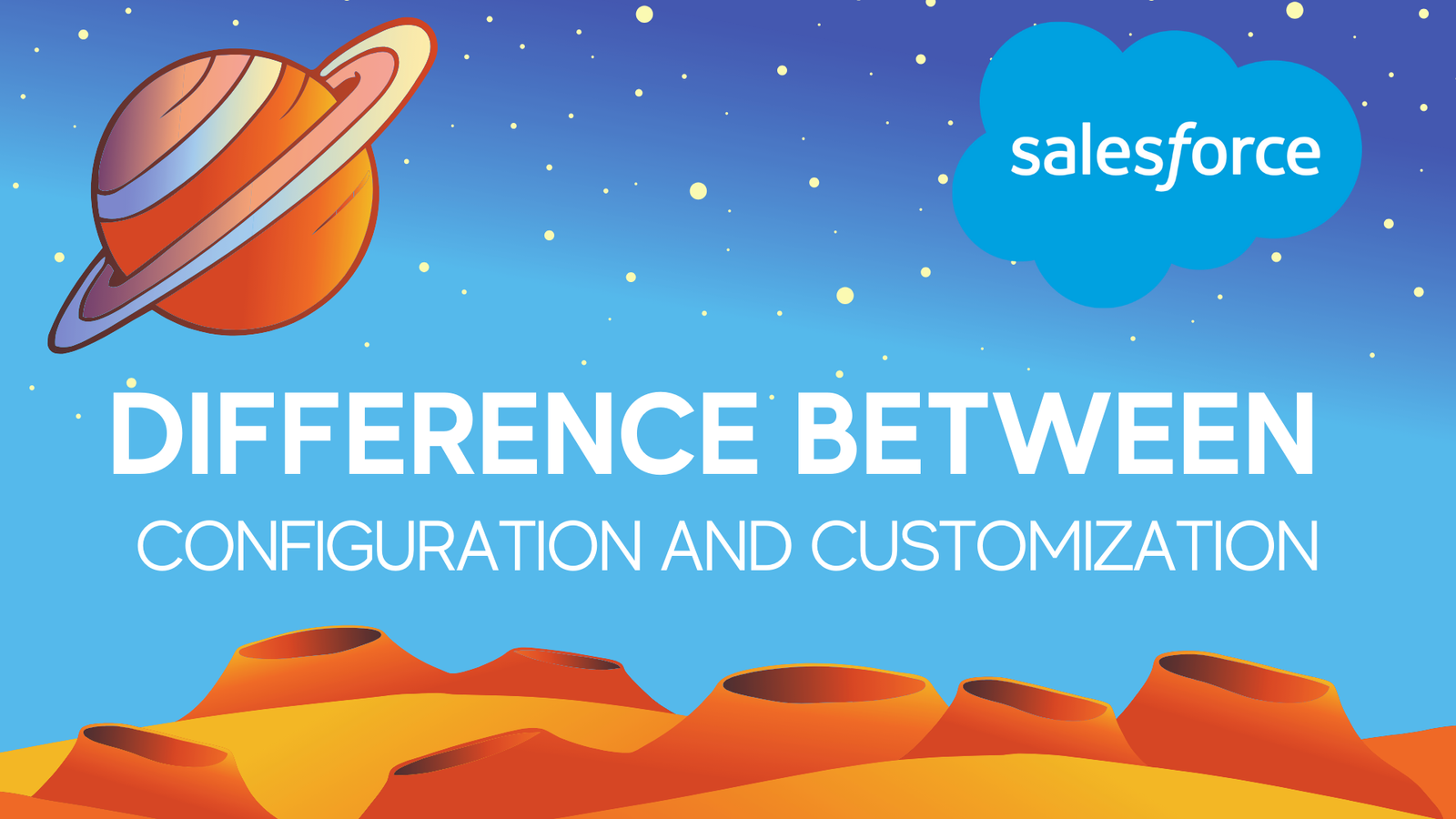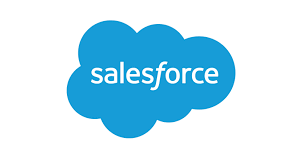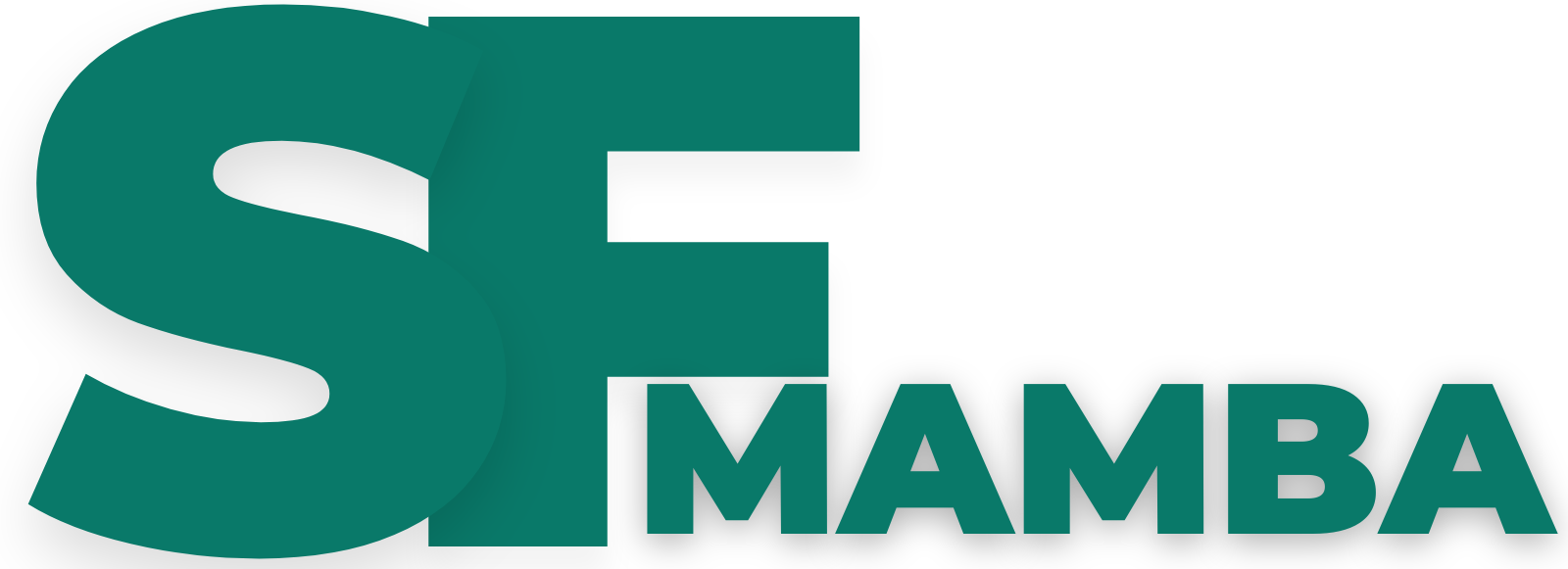
Difference between Salesforce configuration and customization
Salesforce is an adaptable platform for enterprise customer relationship management (CRM) that helps businesses manage client connections more effectively, enhance customer service protocols, and optimize sales and marketing processes. Understanding the difference between Salesforce configuration and customization is key to unlocking its full potential.
Flexibility is a strength of the platform. A company can tailor its Salesforce solution to meet its specific requirements by configuring and customizing it. To select the best modification technique, make the most of the platform’s features, and optimize the return on investment, decision-makers should, nevertheless, be fully aware of the difference between Salesforce configuration and customization.
The Distinction Between Configuration and Customization
Configuration and customization both pertain to modifying Salesforce to meet particular business needs; the distinction lies in whether the modifications are implemented within or outside of the pre-existing Salesforce system.
Salesforce customization refers to modifying pre-built Salesforce components or adding freshly created ones in order to exactly tailor the CRM system to a business’s needs. The default Salesforce environment must be changed using this method, which calls for code-level changes that are usually carried out by developers skilled in Salesforce development languages and tools.
Three component groups are involved in Salesforce customization.
-
- User-Friendly Design: The Salesforce UI can be customized to fit a company’s corporate visual design, or the data presentation and navigation elements can be changed to accommodate different user work styles.
-
- Usability: Businesses that need to handle intricate multi-step processes like marketing content review or damage reimbursement clearance can develop their own custom solutions that are compatible with Salesforce or expand the default features, modules, and apps.
-
- Integrations: Some Salesforce customers choose to custom develop plugins, middleware, or connectors to enable data exchange with third-party solutions, such as ERPs, eCommerce platforms, accounting software, or IT service management, even though the AppExchange store offers a variety of ready-made APIs and connectors for Salesforce.
Common instances of Salesforce customizations are as follows:
-
- Using Apex to create custom objects, triggers, classes, and other components
-
- Establishing unique code-based automation processes
-
- Processing massive volumes of data through batch operations and developing trigger-based automation procedures
-
- Creating distinctive Visualforce pages and user interfaces for a customized user experience
-
- Creating applications with minimal coding
-
- Using Reports and Dashboards to send report data to other apps within or outside of Salesforce RESTful API
Salesforce Configuration
Configuration is the process of utilizing the built-in tools and interfaces of the platform to change Salesforce’s settings, features, and processes to better fit your company’s needs. In contrast to customization, Salesforce administrators can typically carry out this procedure without the need for coding or programming.
The most typical Salesforce configurations are shown below.
-
- Page Layout: Organizations can add or remove user interface components such as fields, buttons, related lists, and quick actions to control what users can view and modify in a record through configuration.
-
- Workflows and Processes: Salesforce offers robust built-in tools for automating business processes and creating workflows for straightforward, regular procedures. For instance, you may set up a record-triggered flow to notify a sales representative by email if a new lead is assigned to them.
-
- Permissions of the User: In the CRM, you can add new users, specify the items and data they can access, and change the tasks they can perform.
-
- Dashboards and Reports: To assist users in understanding their data better, Salesforce provides a variety of reporting options. By setting or deleting certain features in the Salesforce interface, such as floating report headers that allow users to read the names of the column headings while scrolling, you may customize pre-built reports and dashboards to meet your needs.
-
- Templates for Emails: Organizations can modify email templates to better align with their messaging and brand, adding a distinctive touch to correspondence with leads and contacts.
-
- Security Settings: Better data safety is ensured and access to different areas of a Salesforce system is controlled. Assigning user roles, establishing sharing guidelines, and turning on encryption for files, attachments, and data are all examples of security configurations.
Selecting Configuration or Customization
Businesses should think about reconfiguring or personalizing the Salesforce solution if they find it isn’t providing the best value or supporting their long-term goals. The needs, finances, and timeline of the organization will determine which of the two possibilities is best.
Important Reasons for choosing Customization:
-
- When conventional configuration options are insufficient to completely suit a business’s unique workflows or provide the required level of automation, Salesforce customization may be the best solution.
- Certain capabilities are required, such as dashboards and interactive reporting, which cannot be obtained by setup.
- Your goal is to increase the platform’s usability and user adoption by streamlining the user interface and eliminating needless steps from procedures.
- The pre-built integration tools are not compatible with your current business apps.
- You have enough time, money, and access to a committed group of Salesforce developers who can create unique code and take care of it on an ongoing basis.
Important Reasons for choosing configuration:
-
- In situations where the platform’s built-in features mostly satisfy your needs and only minor tweaks via the Setup tab are needed to customize the solution to fit your workflows, you can opt for Salesforce configuration.
- Quick Salesforce configuration is particularly beneficial for startups that are just starting out and looking to move quickly with their processes.
- If you have limited financial, time, or technical skills available for custom development, your best bet would be to configure Salesforce.
- You would rather adhere to Salesforce’s best practices and explore every configuration option available to customize your solution first.
Things to Consider When Customizing Salesforce
Despite Salesforce’s great degree of flexibility and customization, you are only able to make a limited amount of changes at a time. For instance, an organization cannot have more than 3,000 custom objects and 900 custom fields per object, regardless of Salesforce version, while the Salesforce Essentials version caps the number of custom profiles at two.
Additionally, businesses need to be conscious of the issues that arise from over-customization:
-
- Later on, it could be difficult to maintain, improve, and modernize your Salesforce system.
-
- Trying to get in as many features as you can will probably lead to a poorly maintained system with a lot of unnecessary parts and little user acceptance.
-
- Over-customization can result in increased expenses for staff productivity, slower operations, and growing development and maintenance costs.
Summary
Configuring and customizing Salesforce can help you better match the platform to your needs and maximize its value to your company. All of these strategies, meanwhile, are situation-specific and call for a solid understanding of the Salesforce tech stack and software.
You can speak with a Salesforce specialist to be on the safe side when it comes to your Salesforce enhancement. They can advise you on the most economical approach to take, help you navigate the process, and help you decide between customization, configuration, or a combination of both.
Tag:Benefits of Salesforce configuration, Configuring Salesforce CRM, Customizing Salesforce platform, How to configure Salesforce, Salesforce configuration guide, Salesforce configuration vs customization, Salesforce customization best practices, Salesforce customization tips, Salesforce setup vs customization
You may also like

Salesforce FAQs


